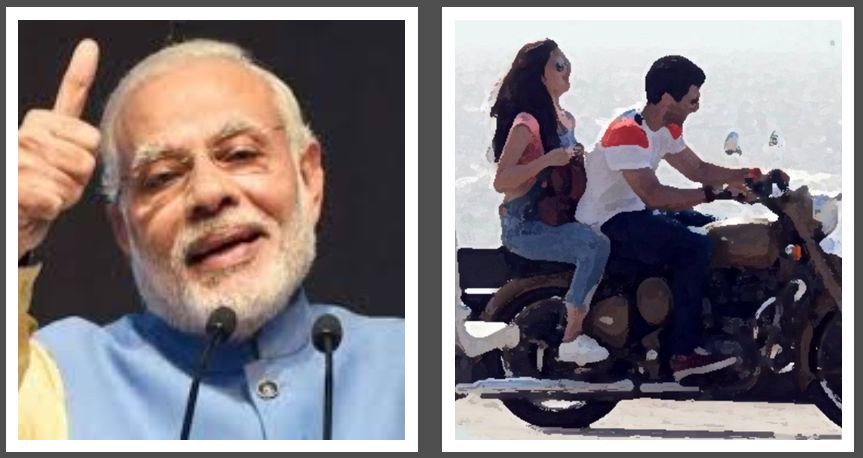The Narendra Modi government completed four years on 26th May 2018. In these four years, the Prime Minister has taken many bold decisions for the economic and social progress of India. For businesses these four years have been one of the most fruitful periods ever. A simpler indirect tax regime has been introduced, some significant land and labor reforms were implemented, the Non-Performing Assets (NPA) is being solved by Insolvency and bankruptcy code, corporate tax is low, and as a result the ease of doing business ranking is at an all-time high. The effects of these reforms are visible in the form of the growth of the Indian economy at a healthy 8 percent since last fiscal quarter. There are ongoing efforts to make India a welfare state, some notable examples being the National Health protection scheme, Direct Benefit Transfer of subsidies etc. The historic step of demonetization proved successful in formalizing Indian economy to a large extent and increased the country’s taxpayer base. The direct and indirect tax collection is at an all-time high.
All these are significant achievements of the government but one of the least mentioned accomplishments is how the Modi government has been able to keep the inflation rate low in the country. The inflation rate has been brought down to 4.96 percent in 2018 from 10 percent in 2012. One of the reasons youth voted en masse for PM Modi in the 2014 Lok Sabha elections was that the Congress government did not pander to the concerns and issues of the young population of the country. There were no incentives for income tax payers, or incentives for salaried youth, no jobs for fresh graduates, and items consumed by youth like mobile phones, data and calling plans, restaurant bills etc were costly. This was the reason that even rural youth, who were the traditional vote bank of Congress and other regional parties, voted en mass for Narendra Modi. The Modi government, keeping its promise of making life of youth better, kept inflation under control, especially the products and services consumed by India’s young population. India has a median population age of 27.3 years compared to that of 35 years for China and around 47 years for Japan. India has around 390 million people born after 1980 and about 12 million people are added to the working age population every year. Indian youth is the most formidable power of the nation and investing in youth is important for the government as it is intrinsically linked to economic growth.
GST also played its role in reducing the expenses of Indian youth on services like movies and other entertainment services, as AC train travel and air travel, as well as restaurants and Dhabas became cheaper after GST. The goods consumed by youth like ice cream, packaged tea and coffee, watches, two wheelers below 350cc are also taxed at lower rates in the post GST period.
To make it simpler to understand how much a youth benefited from four years of Modi government, rightlog sketched the expenses of an Indian youth named Rohan Kapoor in his mid 20s living in Delhi and earning 3 lakhs per annum. He is in a relationship with a girl named Pooja Sharma. Now let us see whether his expenses were more in April 2014 or in April 2018, and who is more pro youth between the so called youth leader Rahul Gandhi and PM Narendra Modi.
Therefore as of 2018, Rohan Kapoor is saving almost 6000-7000 rupees on these products and services, thanks to the changes made by the Modi government. Now he can invest in his future by investing in the stock markets which are also performing well under the government, or can look for a home where his money is safe and secure under the newly amended RERA. Rohan now has more disposable income to spend on gifts and dinners for his girlfriend, thereby making it a happy and content relationship. He can chat and talk to his friends and girlfriend as long as he wishes because calling is unlimited, and can whatsapp was much as he wants to since he gets 1 to 2 GB data per day at negligible rates. It is evident from Rohan’s case that the Modi government has made life easier and more comfortable for Indian youth.
